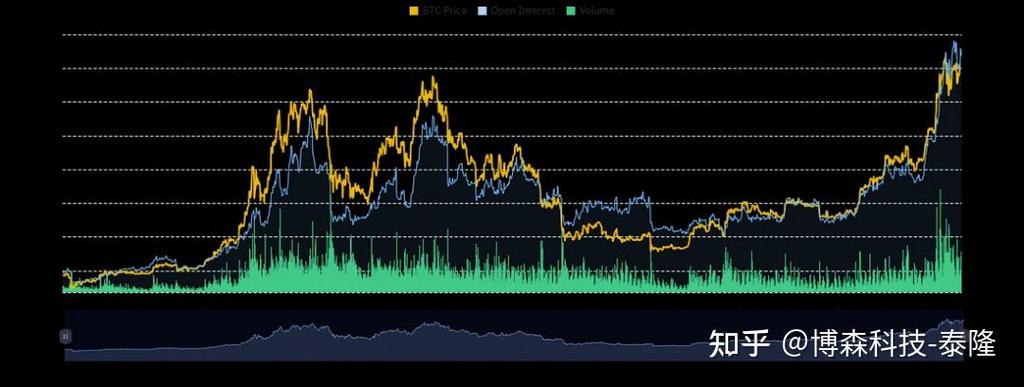In the relentless pursuit of cryptocurrency mining efficiency, effective cooling techniques stand as a cornerstone for optimizing Bitcoin miner performance. As these mining rigs work tirelessly to validate transactions and secure the network, heat generation becomes an inevitable enemy. High temperatures not only diminish the operational lifespan of mining equipment but also throttle the hash rates, leading directly to reduced profitability. Therefore, mastering cooling methods is paramount to preserving mining rig health and ensuring sustained output during intensive mining operations.
Before diving into specific cooling strategies, it’s essential to understand how mining rigs generate heat. Bitcoin miners, typically equipped with application-specific integrated circuits (ASICs), perform trillions of calculations per second. This process demands significant electrical power, which converts into heat. Without adequate dissipation, this heat accumulates, raising the ambient temperature around the equipment. Elevated temperatures increase electrical resistance within the circuits, causing inefficiencies and sometimes irreversible hardware degradation.
Traditional air cooling remains a prevalent solution given its simplicity and cost-effectiveness. Fans, strategically positioned within mining machines, push hot air away from ASIC chips, maintaining an operational temperature range usually between 5°C and 40°C. When combined with well-ventilated mining farm layouts—where racks are organized for optimal airflow—air cooling can sufficiently keep the miner’s core components within safe thermal limits. Yet, as mining farms scale up, air cooling alone often struggles to mitigate the heat density produced by numerous rigs stacked together.

Liquid cooling, meanwhile, presents a sophisticated answer to rising temperatures. This technique circulates coolant—generally water or specialized dielectric fluids—through piping systems in direct contact with or near the heat-generating components. By rapidly absorbing heat and transferring it away from the rig, liquid cooling systems can maintain much lower core temperatures compared to air-based methods. For high-performance miners running 24/7, such as those targeting Bitcoin (BTC) or Ethereum (ETH) networks, liquid cooling helps prevent thermal throttling and prolongs hardware lifespan.
Moreover, immersion cooling is an avant-garde approach gaining traction in modern cryptocurrency data centers. In this method, mining rigs are submerged in thermally conductive but electrically insulating liquids, such as mineral oil. The liquid’s superior heat capacity absorbs the heat immediately, which is then extracted through external heat exchangers. Immersion cooling drastically improves energy efficiency, reduces noise, and curtails the risk of dust-related damages—key factors in maintaining uptime and minimizing operational costs.
Mining machine hosting companies increasingly incorporate these advanced cooling mechanisms to attract miners seeking hassle-free management. Hosted miners benefit from professional-grade infrastructure, where climate control ensures pristine operational conditions. By outsourcing cooling and maintenance, Bitcoin miners can avoid the complexity of physical setup and optimize returns without needing to delve into hardware troubleshooting.
Environmental considerations also influence cooling choices. Water consumption, energy use, and refrigerant chemicals impact the sustainability footprint of mining operations. Hybrid cooling systems that combine ambient air cooling with liquid cooling circuits attempt to balance efficiency with ecological responsibility. In colder climates, leveraging external air for free cooling dramatically reduces electricity expenditure while keeping miners at optimal temperatures.

Closely linked to cooling strategies are the ongoing technological advances in ASIC miner design. Manufacturers continually strive to fabricate chips that operate at higher hash rates while producing less heat per unit of work. Complementing hardware innovations with innovative thermal management, including heat sinks with enhanced surface areas and phase-change materials, can radically improve miner durability and efficiency.
Cryptocurrency exchanges indirectly benefit from effective miner cooling, given that a well-functioning mining network supports stable and secure transaction verification. Furthermore, various altcoins like Dogecoin (DOG) and Ethereum (ETH) share similar cooling concerns, especially as miners diversify across multiple blockchain protocols. Multichain mining farms must adopt flexible cooling infrastructure to accommodate differing hardware requirements and power profiles.
To conclude, effective Bitcoin miner cooling is an amalgamation of strategic infrastructure design, cutting-edge technology, and tailored environmental adaptations. Whether leveraging air, liquid, or immersion cooling, the goal remains consistent: reduce thermal stress to maximize mining efficiency and hardware longevity. In a highly competitive and resource-intensive industry, such fine-tuned control over cooling directly influences profitability, resilience, and the future scalability of cryptocurrency mining operations.
